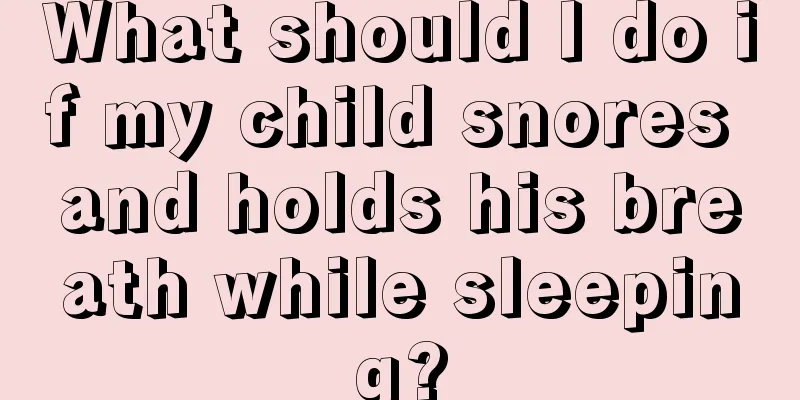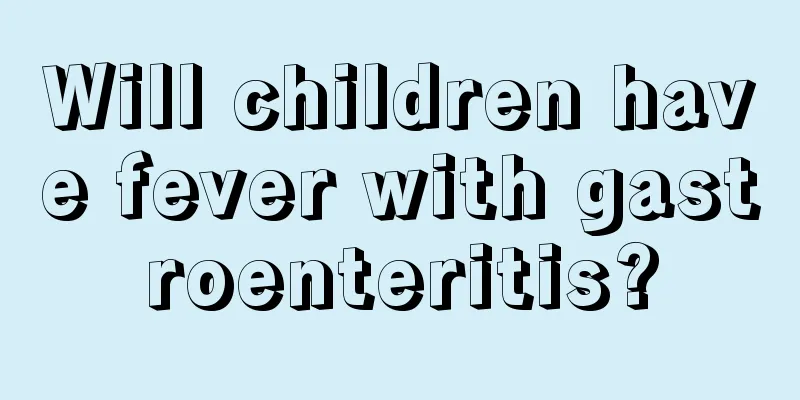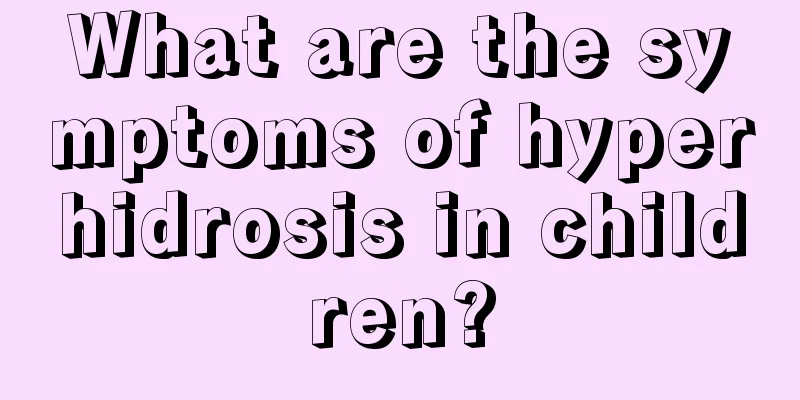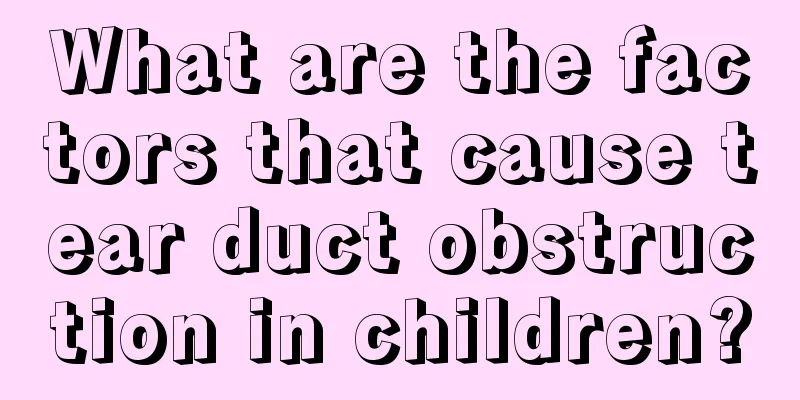How to treat bronchitis in children?

|
Bronchitis in children is a common acute upper respiratory tract infection in children, but its symptoms are very similar to those of pneumonia, so it is easily confused by parents who don't know much about it. Pediatric bronchitis is more common in infants under 1 year old, but the chance of developing the disease in adulthood is very small. Because it is very threatening to babies, parents must be vigilant. So how to treat bronchitis in children? What are the home care measures? Home Care: 1. Keep warm: Temperature changes, especially cold stimulation, can reduce the local resistance of the bronchial mucosa and aggravate bronchitis. Therefore, parents should add or remove clothes for children in time with temperature changes, especially cover children with quilts when they sleep to keep their body temperature above 36.5℃. Second, feed more water: Children with bronchitis have different degrees of fever, and the water evaporates greatly. You should pay attention to feeding the children more water. You can use sugar water or sugar and salt water to supplement, or you can use rice soup or egg soup to supplement. The diet should be mainly semi-liquid to increase the water content in the body and meet the body's needs. 3. Adequate nutrition: Children with bronchitis consume a lot of nutrients. In addition, fever and bacterial toxins affect gastrointestinal function and poor digestion and absorption. Therefore, nutritional deficiencies in children cannot be ignored. In this regard, parents should adopt the method of small and frequent meals for children, and give them light, nutritious, balanced and easy-to-digest semi-liquid or liquid diets, such as porridge, cooked noodles, egg custard, fresh vegetables, fruit juice, etc. 4. Turn over and pat the back: When the child coughs and expectorates, it indicates that the bronchial secretions have increased. In order to promote the smooth discharge of secretions, atomizer inhalation can be used to help expectorate, 2-3 times a day, 5-20 minutes each time. If it is an infant, in addition to patting the back, you should also help turn over, once every 1-2 hours, so that the child remains in a semi-recumbent position, which is conducive to the discharge of sputum. 5. Reduce fever: Children with bronchitis usually have a low to moderate fever. If the body temperature is below 38.5℃, there is generally no need to give antipyretics. The treatment should focus on the cause and solve the problem fundamentally. If the body temperature is high, older children can be cooled physically, i.e., wet compresses with cold towels or baths with warm water, but this method is not suitable for young children. If necessary, medication should be used to reduce the temperature. The above are the key points of home care for pediatric bronchitis. Although pediatric bronchitis is very harmful, only a few children may develop bronchopneumonia. Most children have mild illnesses and are mainly treated with medication and care at home. Parents should follow the doctor's instructions to give their children medication on time and provide good home care. |
<<: How is Mycoplasma pneumoniae infection treated?
>>: What are the dietary treatments for infant bronchitis?
Recommend
What are the symptoms of hernia in children?
It is quite common for children to have hernias, ...
What should a 6-year-old child eat when he has a fever?
Many parents feel at a loss when they find their ...
What are the symptoms of enlarged tonsils in children?
Tonsils are important organs in our body and are ...
What is the chronological order in which baby teeth grow?
Babies do not grow teeth within four months after...
Why do babies have red bumps?
Some babies have problems with their bodies, so t...
How to treat bronchiectasis in children
Speaking of bronchiectasis, I believe everyone is...
Why is the baby's tongue black?
The oral health of babies is very important and i...
Will eating mango cause internal heat in children?
Mango is a fruit that tastes very sweet. Not only...
What should I do if my baby has a stuffy nose, runny nose, and cough?
Babies are prone to cold and cough symptoms. We a...
Surgery steps for neonatal skull depression
The newborn's skull is sunken, which worries ...
Are the symptoms of enteritis in children obvious?
Children are more likely to develop enteritis bec...
What to do if your child has cavities
Nowadays, many children have cavities at a young ...
What should I do if my child is scalded by boiling water? Parents can do this
Children are very curious and like to move around...
At what age can babies play with things?
When taking care of their children, many mothers ...
Key points for cleaning children's smegma
Most children's foreskins are too long, so di...









